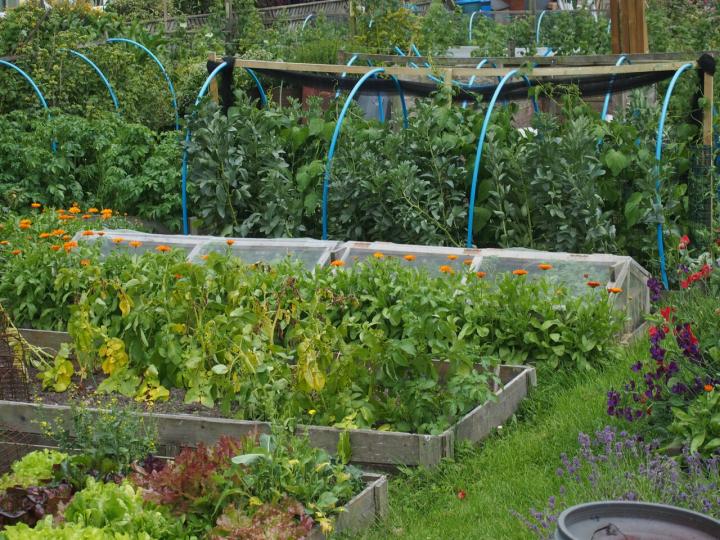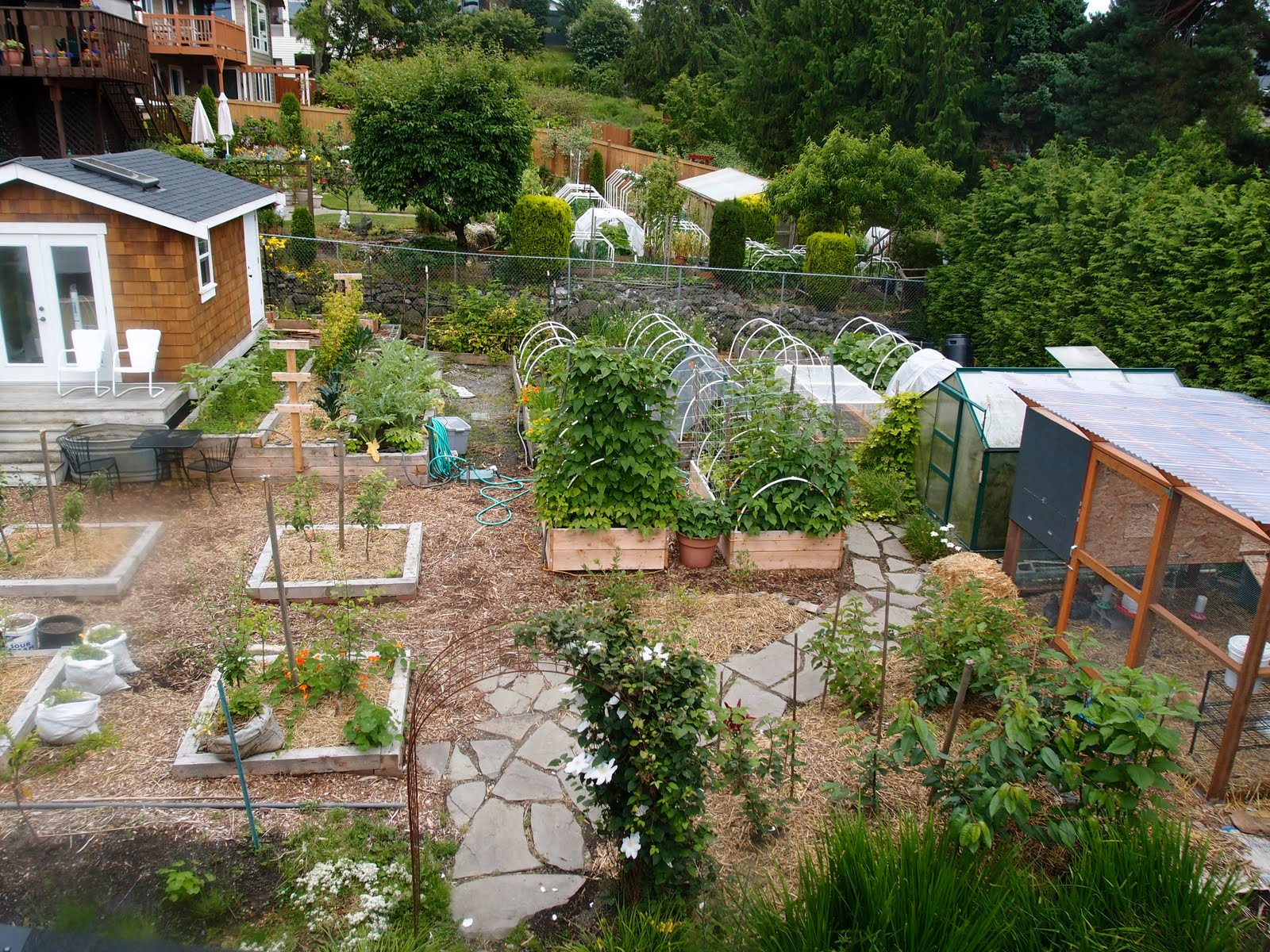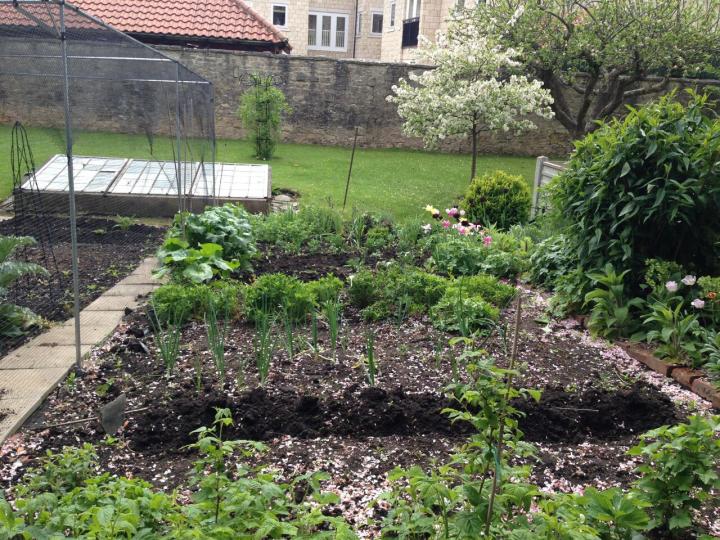DIY Projects to Improve Your Homestead Gardening
Wiki Article
Uncover the Tricks to Producing a Efficient and lovely Horticulture Area
Creating a productive and lovely gardening area is not merely a matter of growing blossoms and veggies; it requires a calculated method that incorporates various vital elements. From choosing the right area based on sunlight and soil kind to thoughtfully making your format and picking suitable plants, each decision plays an essential duty in the success of your garden. Moreover, recurring maintenance is important to sustain its charm and performance. As you contemplate these aspects, take into consideration how they link to open the full possibility of your horticulture undertakings. What specific methods can boost your space beyond the common?Selecting the Right Place
Choosing the suitable place for your garden is crucial to its success and total visual appeal. The initial step in this process entails examining sunlight direct exposure, as a lot of plants need at the very least 6 hours of direct sunshine daily (Homestead Gardening). A south-facing yard normally gets the most light, while shaded areas can impede growth and blooming
Additionally, take into consideration dirt quality and drainage. Well-draining dirt is essential to prevent water logged roots, which can cause plant illness. Carrying out a soil test can provide beneficial information pertaining to pH levels and nutrient material, allowing you to amend the dirt accordingly.
Moreover, closeness to water sources is one more variable to weigh - Homestead Gardening. Having simple accessibility to a hose pipe or watering system can streamline the watering process and motivate regular plant care. Wind protection is also vital; placing your yard near frameworks, such as wall surfaces or fencings, can secure it from severe winds that may harm fragile plants
Lastly, think about access for maintenance and harvesting. A well-placed garden enables convenient gain access to, ensuring that you can quickly often tend to your plants without triggering unnecessary anxiety or disruption. Thoughtful location choice lays the structure for a growing yard.
Selecting Plants Wisely
When choosing plants for your garden, it's necessary to take into consideration factors such as climate, soil conditions, and personal preferences to guarantee a effective and harmonious room. A complete understanding of your regional environment will assist you in choosing plants that flourish in your particular environment. Choosing drought-resistant varieties is valuable in dry areas, while moisture-loving species may be a lot more proper for locations with high rains.Soil problems are similarly crucial; conducting a dirt examination can expose pH degrees and vitamins and mineral material, enabling you to choose plants that will certainly grow. Native plants are frequently an excellent selection, as they are commonly well-adapted to neighborhood soil types and call for much less maintenance.
Show on your individual choices-- selecting plants that reverberate with your visual tastes will improve your satisfaction and commitment to keeping your yard. By thoroughly reviewing these elements, you can produce a varied and thriving plant option that boosts your gardening experience.
Designing Your Garden Layout
With an attentively picked plant selection in hand, the next step is to produce a yard format that maximizes both appeal and capability. Begin by examining the available area, taking into consideration factors such as color, sunshine, and wind patterns. A well-planned layout ought to integrate different zones, including areas for planting, pathways, and potentially seating.Beginning with bigger plants or prime focus, such as trees or tall perennials, placed purposefully to develop visual rate of interest. Layer smaller plants in front to enhance depth and appearance. Consider the development behaviors of your picked plants; taller selections must be placed at the back or facility of beds, while shorter ones can line the edges.
Incorporating pathways not just promotes accessibility for upkeep but likewise invites exploration. Usage materials that match the garden's general visual, whether linked here wood, gravel, or rock chips.
Additionally, assume concerning seasonal adjustments and exactly how your layout will certainly look throughout the year. Integrating evergreens alongside seasonal blossoms can make sure year-round charm. Ultimately, a properly designed garden format balances the natural appeal of plants with useful factors to consider, causing an area that is both welcoming and efficient.
Enhancing Soil Wellness

To enhance dirt health, start by conducting a dirt examination to evaluate pH degrees, nutrition web content, and soil appearance. This will educate your modifications. Include raw material such as compost, well-rotted manure, or leaf mold to boost soil structure, water retention, and microbial task. Furthermore, exercising crop rotation can protect against nutrient deficiency and decrease bug and disease pressures.
Mulching is an additional effective strategy; it not just conserves wetness however additionally subdues weeds and gradually enriches the soil as it breaks down. Preventing too much husbandry is important, as it can interfere with soil structure and injury beneficial organisms. Instead, adopt no-till or minimal husbandry methods to check here keep dirt honesty.

Keeping Your Yard Effectively
A well-kept yard gives satisfaction and productivity, calling for regular attention to guarantee that plants flourish and the landscape stays inviting. Effective garden maintenance entails numerous vital techniques that boost the wellness of your plants and the general visual of your area.Routine watering is vital; nonetheless, it is necessary to customize your watering timetable based upon the certain needs of your plants and neighborhood climate problems. Mulching can help keep moisture, suppress weeds, and manage soil temperature. Timely weeding prevents competitors for resources and nutrients, ensuring that your plants prosper.
Trimming is another vital task. It urges healthy and balanced growth, removes unhealthy or dead branches, and shapes plants to maintain an enticing framework. In addition, monitoring for illness and pests is essential; early discovery and intervention can conserve your plants from substantial damages.
Fertilization should be executed attentively, utilizing organic options whenever feasible to promote lasting soil wellness. Seasonal jobs such as planting, splitting perennials, and preparing for winter months will ensure your yard remains dynamic year-round. By adhering to these practices carefully, you can grow a garden that is both productive and stunning.
Conclusion
In final thought, the production of a gorgeous and efficient gardening space needs cautious factor to consider of several essential aspects. Choosing an ideal area with adequate sunlight, choosing appropriate plants, creating a cosmetically pleasing format, enhancing soil health, and making sure routine upkeep are crucial components. By integrating these methods, one can cultivate a flourishing garden that not only improves the landscape however also promotes ecological balance and sustainability. Such a method eventually causes a satisfying horticulture experience.From picking the right place based on sunlight and dirt type to attentively designing your layout and selecting appropriate plants, each decision plays a critical go now function in the success of your garden. Well-draining dirt is essential to protect against water logged roots, which can lead to plant conditions.When selecting plants for your garden, it's necessary to think about factors such as environment, soil problems, and personal choices to make sure a effective and unified area. Ultimately, a well-designed garden layout balances the all-natural appeal of plants with practical considerations, resulting in a room that is both welcoming and effective.

Report this wiki page